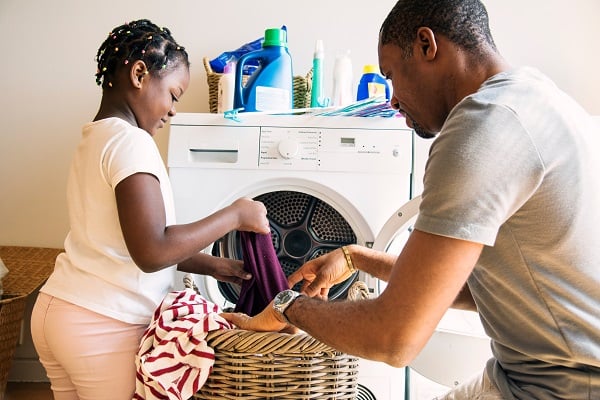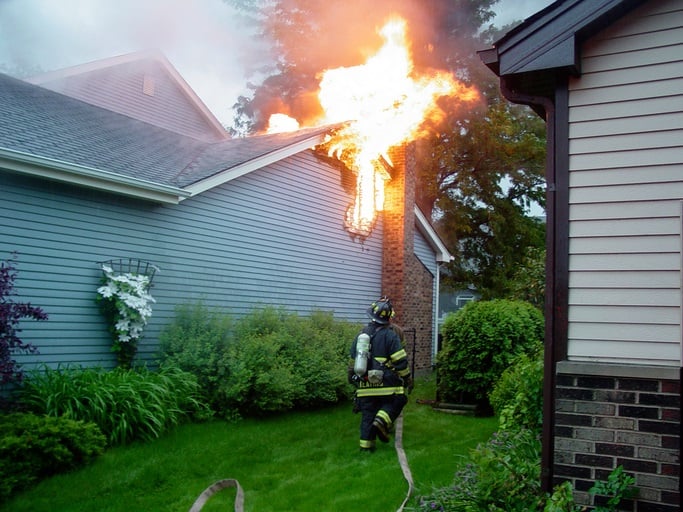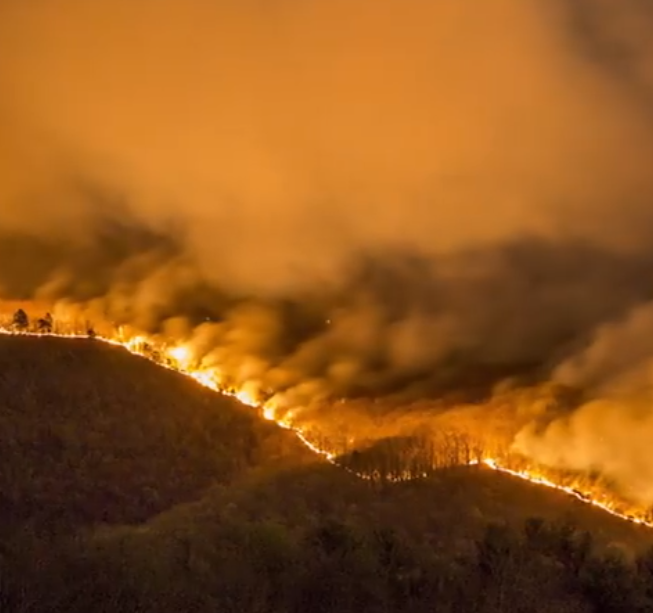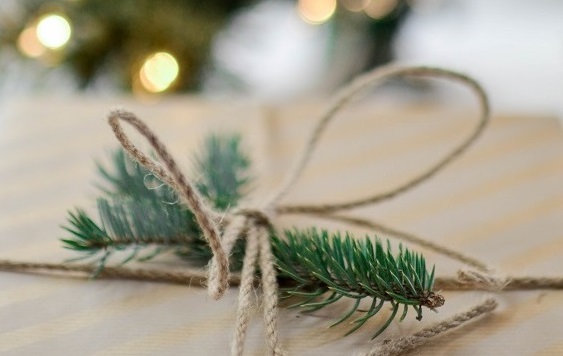
Real vs. artificial Christmas tree
I'll never forget our first Christmas together. Family from the West Coast was coming to visit for the holidays, and we wanted everything to be perfect, right down to the fresh smell of balsam from a perfectly shaped evergreen. A week before Christmas, we noticed needles started dropping off. Then came the horrible smell. And more needles, lots of them. Our drying gas heat and inadequate watering had brought our beautiful fresh tree to an untimely death and it stunk! Literally! We learned a lot that year about how not to take care of a fresh Christmas tree. If you do it the right way, they are lovely.
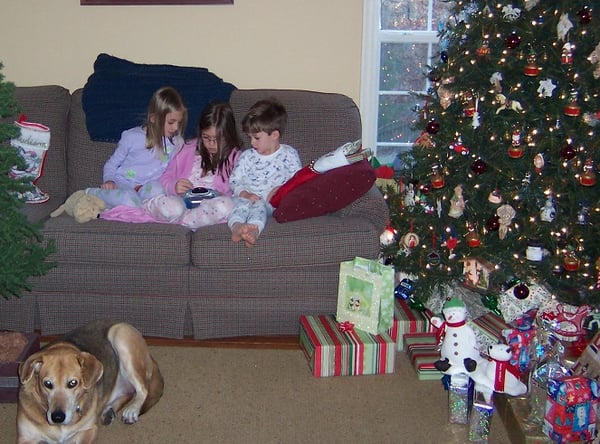
Nowadays, we have an artificial tree due to family allergies. It's impressive how life-like they have become. They don't need water and don't mind your home's heat. There are definite perks but without the fresh smell and natural beauty.
Are Christmas trees bad for the environment?
You may think artificial trees are better for the environment, but real Christmas trees are actually more sustainable. You're not cutting down a tree only to throw it away after the holidays, and unlike artificial trees made of petroleum-based plastics and metal, live trees are biodegradable and have no chemical impacts on the surrounding environment. Composted Christmas trees can be used for lumber, mulch, and fertilization for next year’s crop.
I visited the Brown family's Belmont Christmas Tree Farm in Spotsylvania, VA, and learned a few more things. This family-owned farm is one of about 594 tree farms providing valuable jobs and commerce for Virginia. Here are a few interesting facts, especially for those who want to go green:
Pros and cons of fresh Christmas trees in Virginia
- Real trees are a renewable, recyclable
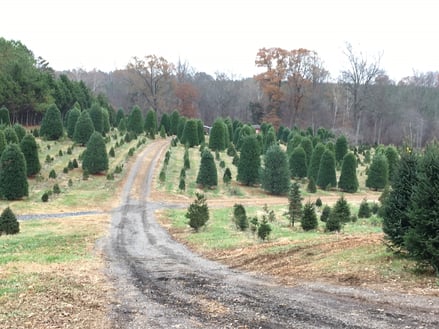 resource.
resource. - They grow best on rolling hills that are unsuitable for other crops.
- Each acre provides the daily oxygen requirement of 18 people.
- For every real Christmas tree harvested, 2 to 3 seedlings are planted in its place.
- According to the USDA, Virginia is #7 in the U.S. by the number of total trees harvested.
- The top-selling Christmas trees are balsam fir, Douglas fir, Fraser fir, noble fir, Scotch pine, Virginia pine, and white pine.
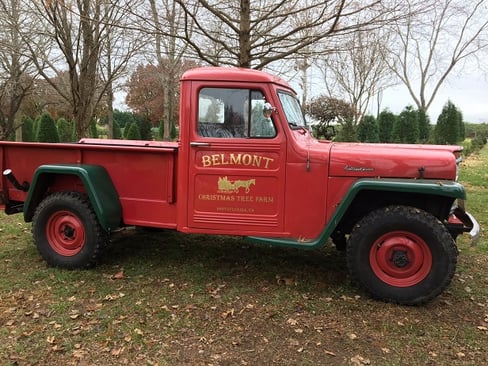
While real Christmas trees are better for the environment, they start house fires every year, causing $16.2 million in direct property damage. This is due to electrical hazards and proximity to a heat source, such as candles, fireplaces, and heating equipment, so be sure to fireproof your home's extra heat.
Talk to one of our local insurance agents to learn how homeowners insurance can cover fire damage.
The pros and cons of fake Christmas trees
While artificial trees contain non-biodegradable plastics and metals, reusing an artificial tree can reduce its environmental impact. We inherited my grandparent's artificial tree and used it for years. Many fake Christmas trees can last 20 to 30 years.
They are also helpful and often necessary for families with allergies and asthma. And they are super low maintenance because they don't require water or vacuuming -and they can save you money year after year. Newer artificial trees are also easy to put up but require space to store them.
There's no such thing as a bad Christmas tree for your home. If it brings joy and beauty to your holidays, choose what works best for your family and keep your tree safe.
Tips for fresh Christmas trees
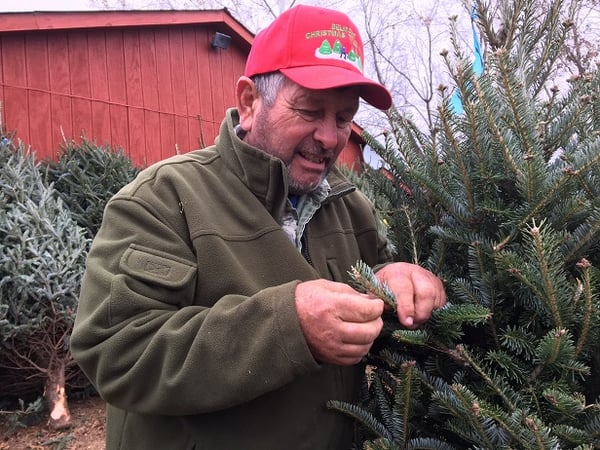 Tree farmer Preston Brown shows how to check needles for flexibility for the freshest tree.
Tree farmer Preston Brown shows how to check needles for flexibility for the freshest tree.
Belmont Christmas Tree Farm's best tips for fresh-cut trees:
- Shop for a pre-cut tree with flexible foliage. When the tree is shaken, very few needles should drop.
- Belmont Farm said firs are the longest-lasting cut Christmas trees.
- Invest in a good-quality, sturdy, deep tree stand that will hold at least a gallon of water.
- Take the time to cut 1-2 inches from the base of the truck after you bring it home, and immediately place it in your tree stand.
- Use warm water the first time you water your new tree to soften the sap.
- Place the tree away from candles and heat sources and never let the water level in the bowl drop below the bottom of the tree.
- Water, water, water! Monitor your tree's water intake daily. A watered tree is a fire-resistant tree!
- Recycle your tree promptly after the holidays before it becomes dry. Don't store it outside of your home.
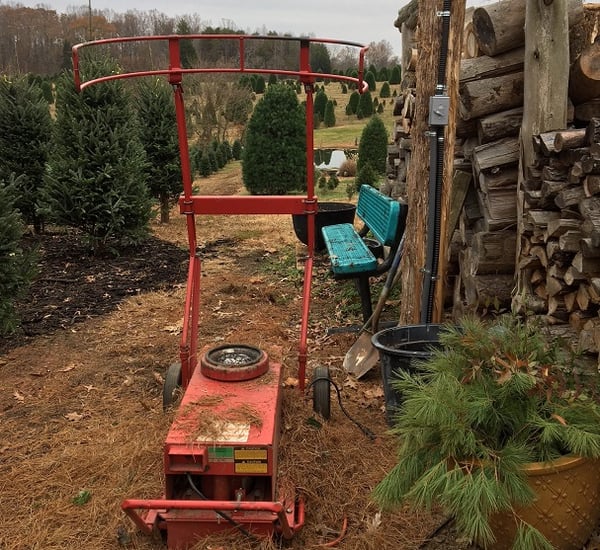
Tips for artificial trees
When choosing an artificial tree, consider the space you have first. The right shape and height are important considerations, mainly to avoid a tree with the top bent over against the ceiling due to the latter. You can buy prelit trees or put on lights yourself. We opted for our own lights to easily replace a burnt-out strand with new lights.
Buying tips for an artificial tree:
- When choosing pre-lit artificial trees, look for the UL mark. That indicates your tree is certified by UL for fire and electrical hazards.
- A tree should also be labeled “flame retardant,” but that does not mean it's fireproof. Keep it away from heat sources and candles.
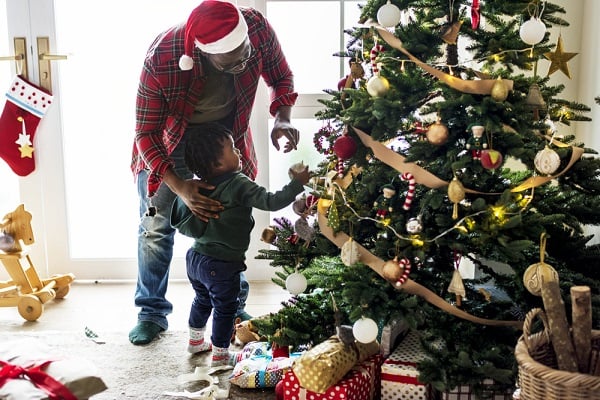
Maintain your tree and decorate it safely
Whichever type of tree you choose, it's essential to maintain it and take care when decorating to fireproof your home over the holidays.
- Choose safe lights: UL-rated and free of worn or broken cords or loose bulbs. Never connect more strands than the manufacturer recommends.
- Turn your Christmas tree lights off each night at bedtime and whenever you leave the house.
- Set up the tree at least three feet away from fireplaces, radiators, candles, heat vents, space heaters, and lamps.
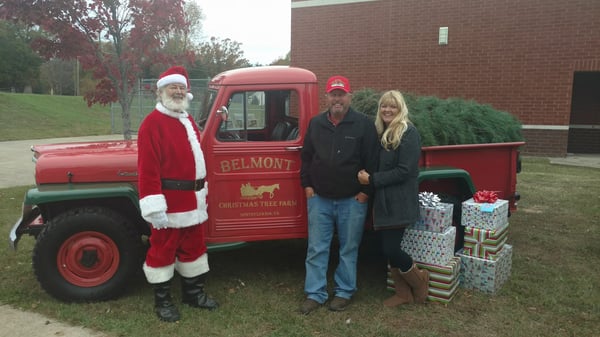
Learn more about homeowners insurance in Virginia >

